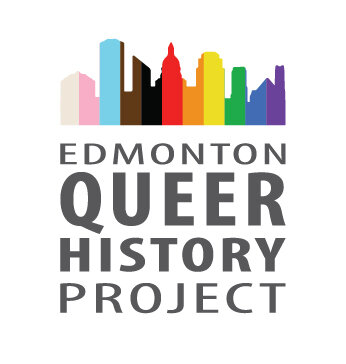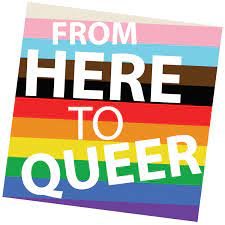CLICK HERE to continue reading full text on this page or download below
The Pisces raid led Gay Alliance Toward Equality (GATE) to organize a community meeting the next day at The Roost. Michael was quickly approached about speaking to the media, and after some indecision, agreed to speak out, but only anonymously. He was working with young children, and being associated with this raid, and even being publicly identified as a gay man in 1981, could have ended his career. The anonymity didn’t work; people were still able to identify Michael when the segment appeared on the local news. As a result, he decided that any future dealings with the media, about the Pisces raid or anything else, wouldn’t be anonymous; he would stand visibly, vocally, and proudly as himself, no matter what the cost.









